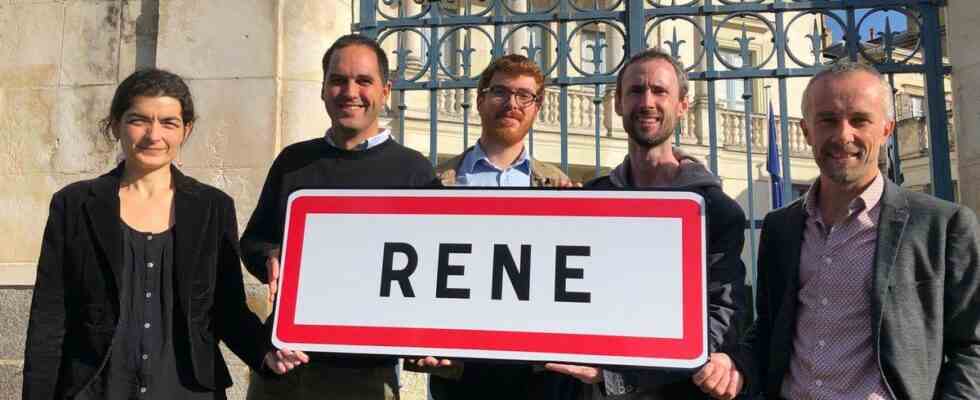It is a language spoken by approximately 191,000 people, according to a study by the TMO Regions Institute dating from 2018, almost as much as Breton and its 207,000 speakers. In its territory of Upper Brittany, an area which extends roughly to the east of a line between Saint-Brieuc and Vannes, the Gallo however struggles to be visible in the public space.
Apart from a few towns such as Saint-Brieuc (Saint-Berieu), Fougères (Foujër), Iffendic (Fendic) or Liffré (Lifrë), few communities display their name in Gallo on their town entrance signs. In Rennes, for example, the capital of Brittany located in the heart of the Gallo country, there is no trace of a bilingual sign “Rennes-Rene” at the entrances to the city, while Rennes-Roazhon signs are clearly visible.
Recognized in the same way as Breton
Unequal treatment that has difficulty passing for the collective “Du galo en Bertègn” (Du gallo in Brittany), which militates “for the respect of cultural and linguistic rights in Gallo country. Because Brittany does have two regional languages. Breton of course, the best known, but also the Welsh language, a langue d’oïl like Picard or Walloon. In 2004, the two languages were also jointly recognized as “languages of Brittany” by the Regional Council. “It’s a chance to have this linguistic richness”, assures Raphaël Gouablin, former president of the Institute of the Gallese language.
On March 15, 2022, when Jean Castex signed a specific agreement on the languages of Brittany, Gallo also had the right to its share of the cake, with in particular aid for education and training. in the Welsh language. “It is progressing but not as we want because the gallo remains invisible in the public space”, underlines Raphaël Gouablin.
Signs to “make your existence real”
To alert elected officials to the invisibility of language, classified as seriously endangered by Unesco, the collective therefore took up the pen and wrote a manifesto, signed by 300 artists, academics and personalities and around forty associative structures in the region. “We want Gallo in Gallo country, it’s as simple as that”, indicate its activists. And for that, the language must be displayed on road signs. “It makes the existence of a language real, it gives it citizenship,” says Nicolas Beurrier, co-president of the Qerouézée association.
Not venerable, the defenders of Gallo do not intend to unbolt the signs in the Breton language on their territory. “It is in no way an opposition, the two languages coexist very well together”, underlines Guillaume Gérard, teacher and president of Granjagoul in Vitré. They still hope that their efforts will bear fruit and that signs in Gallo will soon flourish along the roads of “Haote-Bertègn”.

